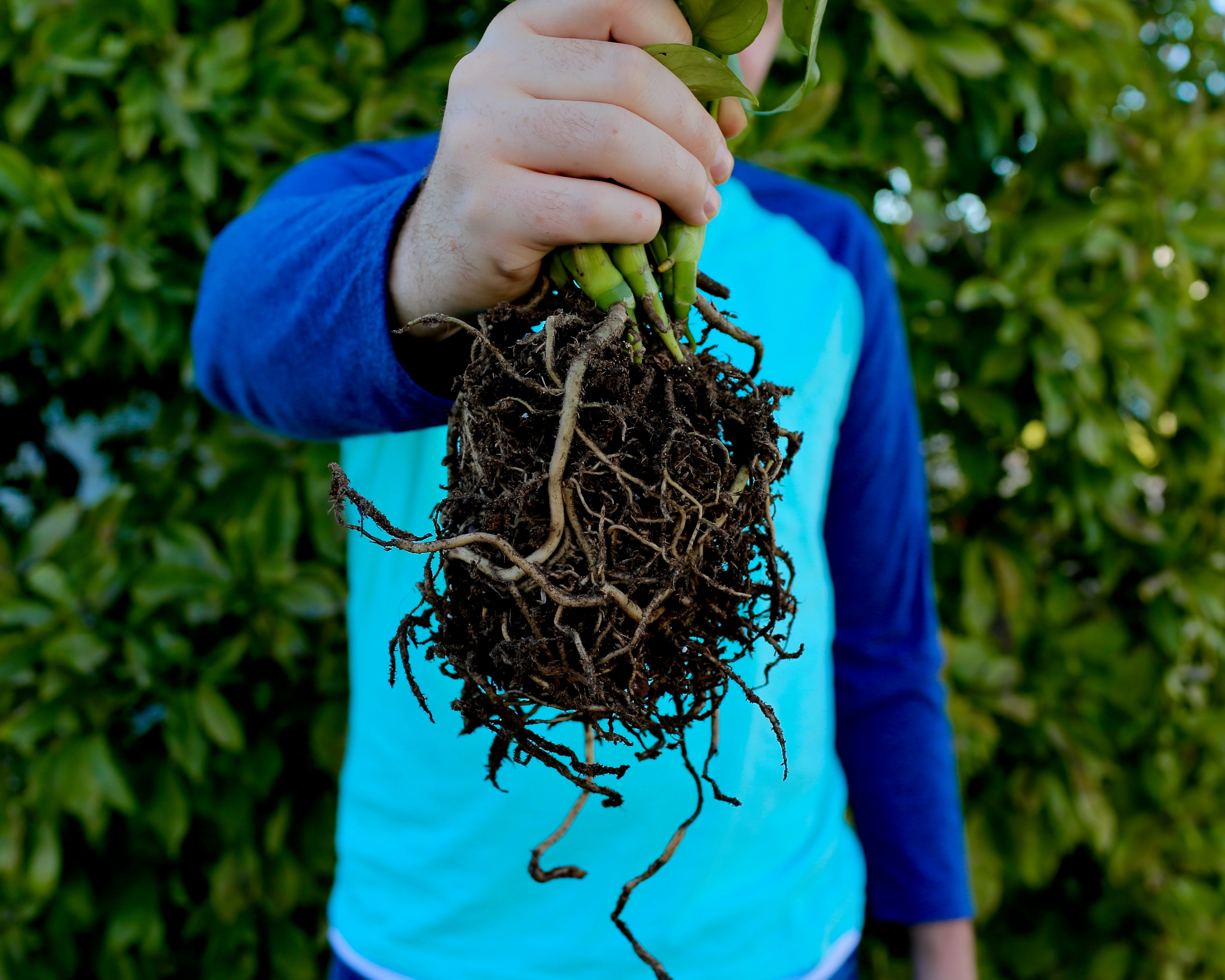How to Repot Your Indoor Plants
Are your plant babies ready to graduate to bigger and better things? Repotting your foliage is a necessary step to keep them healthy and living their best life. Learn how to spot the signs of when it’s time to repot and how to give new life to your indoor plants.
Why Repot?
Sometimes you will come across a plant that needs some TLC right away. Whether you’ve given your plant too much to drink or you’ve spotted some pesky unwanted visitors, here’s when you should re-pot your plant asap!
Overwatered: Sometimes a nursery or store can over-love (a.k.a. overwater) a plant, and repotting is the best way to get the roots into more appropriate soil that isn’t waterlogged.
Pest prevention: To avoid pests, you can repot and treat with an insecticidal soap to prevent any lingering pest eggs or larva from reaching adulthood.
Improper Soil: It’s possible that plants are potted in soil blends that aren’t well suited to the plant. For instance, over time, sphagnum moss becomes acidic and can damage roots if it isn’t changed out regularly to avoid degradation. If you prefer to repot your plants into another medium right away, that’s okay!
Root Health: If you notice that your plant is root bound or overgrown, repot it into a pot that’s 1-2” wider than the original.
Signs Your Plant Needs Repotted
If your plant’s roots are growing out of the drainage holes or your plant’s lower leaves are turning yellow- it is a telltale sign that it is ready to be repotted. Here are some signs to look out for when your plant is telling you it is ready for an upgrade.
Yellow Foliage: If your plant starts to turn yellow, it’s a sign of being root bound. It can affect the whole plant or leaves closer to the base of the plant. This is usually due to the plant not being able to absorb nutrients from the soil (because the roots are taking up more space than soil, so there’s not much for them to absorb anymore).
Wilting: If your plant keeps wilting no matter how much you water it to perk up, it could be a sign of a root bound plant. Since the roots can’t intake water very effectively being packed so tight, the plant is always thirsty and wilting.
Rotting: On the other hand, if your roots have blocked the drainage holes of their pot, they may end up sitting in water and that makes them prime targets for root rot.
Pot Damage: When severely root bound, your plant’s roots might actually bend or break their container!
How to Repot Foliage Houseplants
To repot a houseplant, loosen the roots (you may need to cut some away in order to loosen the roots packed around the inner root ball) and repot in a pot that is 1-2 inches wider in diameter than the original with new potting soil. Water thoroughly, let drain well, and voila- your plant will thank you for its new upgrade!








